
Dr. Marianne Lewis is renowned for her research on the paradoxes of leadership and is coauthor, with Wendy Smith, of Both/And Thinking: Embracing Creative Tensions to Solve Your Greatest Problems. The conversation covers how we can learn to think about paradoxes, and why tension is necessary for balance – and to achieve innovation.
Key Takeaways
[2:14] Marianne grew up with a father in academia. She was determined not to be a professor in academia. In her rebellion, she came to the Midwest to find her space. And she loves Cincinnati and is absolutely in academia, studying leaders.
[3:51] Marianne addresses why “both/and” thinking is essential for emotional balance and rational behavior.
[5:25] Marianne refers to James March’s teachings about the complexity and messiness of the world we live in and bounded rationality, meaning there’s just so much one can take in. We do what we need to do to get by in a busy, complicated, messy world that pushes us toward looking at our tensions and dilemmas as “either/or” trade-offs.
[7:08] A few years ago, Marianne and her team built a psychological “instrument” they call a paradox mindset. They’ve studied thousands of people in multiple languages. From their observations, it appears that the way we think is learned. Your ability to manage tensions appears to do with how often you deal with tensions and how much you try to embrace and work through them. More study is to come.
[9:45] Paradox thinking and systems thinking are related. A “both/and” thinker tends to think more in systems, looking for interactions and feedback loops. Systems thinking involves looking at complexity in context and in new ways. “Both/and” thinking adds to looking for the value in tensions as you work through the complexity to find more creative and more lasting solutions to your problems.
[11:18] There are tensions between things and between systems, but the important tensions are between individuals. Marianne has worked in this field for 25 years, 20 of them with Wendy. They found three factors that intensify the experience of tensions:
- Change. Today is becoming tomorrow faster.
- Scarcity. As soon as you feel that you’re slicing the pie thinner, you feel tension.
- Plurality. A multiplicity of stakeholders with pressures that differ.
[12:13] We’re in the perfect storm of change, scarcity, and plurality. We are living in tensions in our lives, organizations, and society. The tensions are interwoven across levels and facets.
[13:48] Vicious cycles reinforce errors in our thinking. Marianne talks about three vicious cycles:
- Going down the rabbit hole, or deep ruts of behavior.
- Overcorrecting in the opposite direction.
- Polarization. Shouting, diminishing each other, and doing anything but listening.
[15:47] Get out of the trench by asking, “What are they thinking? What are they seeing? Can we learn?”
[16:43] Virtuous cycles are reinforcing tendencies that help us navigate tensions. Marianne sees two patterns of virtuous cycles. One is Creative Integration, taking the best of two extremes, such as radical innovation and efficiency, and putting them together creatively. Marianne compares this to a mule, stronger than a horse and smarter than a donkey. Creative integration is rare.
[18:13] The second pattern of virtuous cycles, Dynamic Balancing, is more common. Marianne compares this to tightrope walking; looking to the horizon while dealing with the present tensions. Don’t panic in tense moments; keep moving forward. You’ll learn as you do it.
[21:01] Help people understand why embracing tensions and creative friction fosters opportunities for creativity, learning, and older innovations, moving forward. Marianne tells of Paul Polman when he was CEO of Unilever, who said Unilever would double its profits by reducing its environmental footprint. On every issue he discussed, he wanted to have tension on the team. He was provocative and purposeful.
[24:22] “Either/or” and “both/and” thinking are both about decision-making. Uncertainty is potentially paralyzing for “either/or” thinkers. You don’t know what the right solution is and the right solution tomorrow may be different. But the point is to keep making decisions, having the confidence and the humility to know you can move forward, whatever the results are. Keep in mind your higher purpose.
[26:06] The boundary around the tensions is what holds the elements together. Marianne is seeing an existential crisis in academia and business that strikes her as a lack of meaning. We need to be pushing harder on finding that boundary.
[26:43] Is work a transaction of time for money, or does it have meaning and legacy? You serve other people and make their lives better. Leaders need to create an environment where people want to come and bring their best. If a company has a bunch of people in transaction mode, Jan puts it on the leaders. Marianne says it’s key for that leader to tap into why they are there. Make the transactions matter.
[29:02] Marianne addresses the role of leaders to help us out of the malaise in our society, even in this wonderful world. First, ask why we feel that malaise. Richard Farson wrote of the paradox of rising expectations. At the lowest state, there’s no hope. As people realize the potential, as hope grows, the bar raises and people see what could be! The frustrations and protests rise.
[30:20] The frustration should be encouraging to leaders. If your people are silent, either they don’t care or they are so far below the water that they don’t have time or energy to complain. The complaining is because people see that we could be ever better. The world is so polarized because we have very different views of how we get there. You get turf warfare between different sides with different ideas.
[31:09] If we could agree that we all want a better world. There are lots of paths to get there. How do we listen and learn from each other? We need leaders, ourselves included, to make sure that raised bar says it’s about wanting a better world. It’s not about the how, it’s about what we want. Let’s have good debates and get the friction in the room and think about how we get there.
[31:54] Sam Walker, author of The Captain Class, told about a study he did of the most successful sports teams in history. They had captains with unique characteristics that helped build the teams. They dealt with task conflicts and process conflicts but avoided personal conflicts at all costs. When people focus on the task or process, it is productive, not a personal attack.
[33:20] Marianne discusses two sides of conflict: the destructive and the empowering. The difference is your focus: the person, feeling the emotion, or the task, the higher purpose, what you want to get done. When you focus on the person, things escalate in a way that is not productive. Some of us are going to have to model the way with different leadership styles.
[34:31] Marianne is grateful every day to have a colleague like Wendy Smith. One of the reasons their partnership has been so productive is that they are really different. They have all sorts of differences but they found a lot of similarities. They want a better world, they believe in learning and innovation. While they were writing their book, they found themselves in many late-night deep discussions on challenges.
[38:37] Marianne’s challenge to listeners: Start paying more attention to the questions you are asking. Are you asking “either/or” questions? Those questions immediately limit your options. Start asking more “both/and” questions, such as, “How do we make this world more sustainable and more productive?”
[39:35] Closing quote: Remember, “How wonderful that we have met with a paradox. Now we have some hope of making progress!” — Niels Bohr
The Leadership Podcast is sponsored by W.S. Darley & Company.
Founded in 1908, Darley remains a family owned and operated business, providing the highest quality equipment solutions to our country’s warfighters and firefighters.
Learn more at darley.com and darleydefense.com
Quotable Quotes
“We tend to define things by what they’re not. We think in terms of contrast. … You’re either ‘A’ or ‘Not-A.’ So we think in terms of opposites, even if those opposites aren’t actually direct contradictions. … The way we think …… Share on X “We’re wired to have these heuristic shortcuts, these cognitive biases. … What we feel is completely logical but it might not be.” — Jim Share on X “People who have a greater paradox mindset, especially when they’re working or living in a world of tensions, … are more productive, more creative, and happier; more satisfied. … They see tensions as opportunities.” — Marianne Share on X “We use the analogy of a mule, which is stronger than a horse and smarter than a donkey.” — Marianne Share on X “I think about friction in two ways: 1. It can produce drag, or 2. It can produce traction.” — Jan Share on X “One way to think about how you hold together your tensions is [to ask] ‘What do you want this to be in the broader world?’” — Marianne Share on X “One way to think about how you hold together your tensions is [to ask] ‘What do you want this to be in the broader world?’” — Marianne Share on X “I’m sensing an existential crisis. I see it, whether in academia or business, and that strikes me as a sense of lack of meaning. We need to be pushing harder on ‘What is that boundary?’” — Marianne Share on X “For all the rising expectations going on around us and the frustration, the lack of listening and compassion is painful to me.” — Marianne Share on X “We wanted to write this book; we did not want this to be a purely business book. These same patterns and tools work at the individual level as a mother, as a friend, and we have seen powerful examples working at the societal level.… Share on X “I don’t want you to think what I think but I’d love us to be aligned with what we want in the end goal.” — Marianne Share on X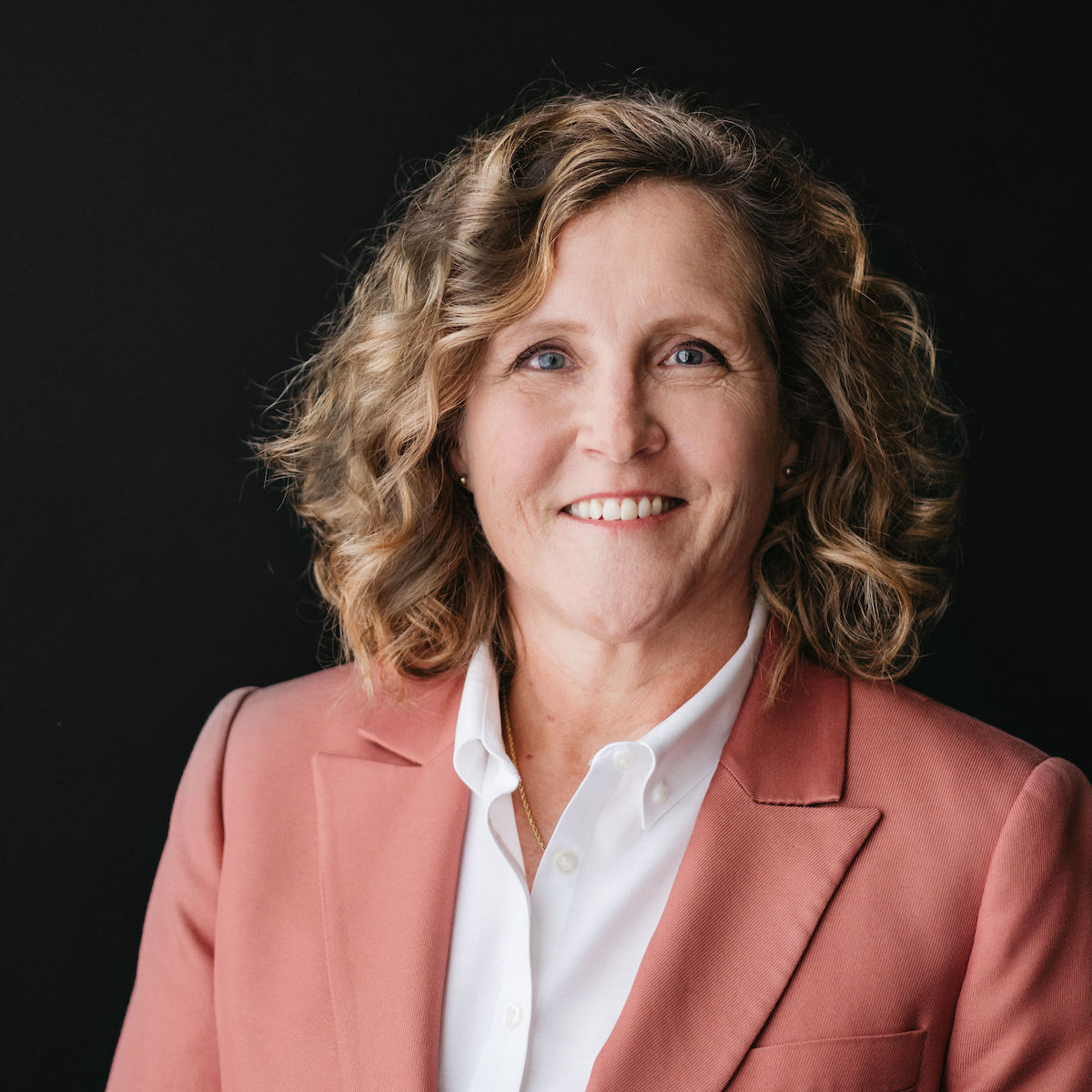
These are the books mentioned in our discussion with Marianne.
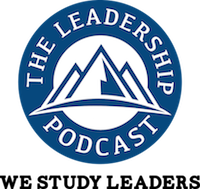
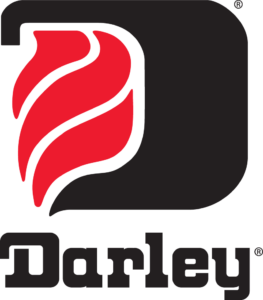

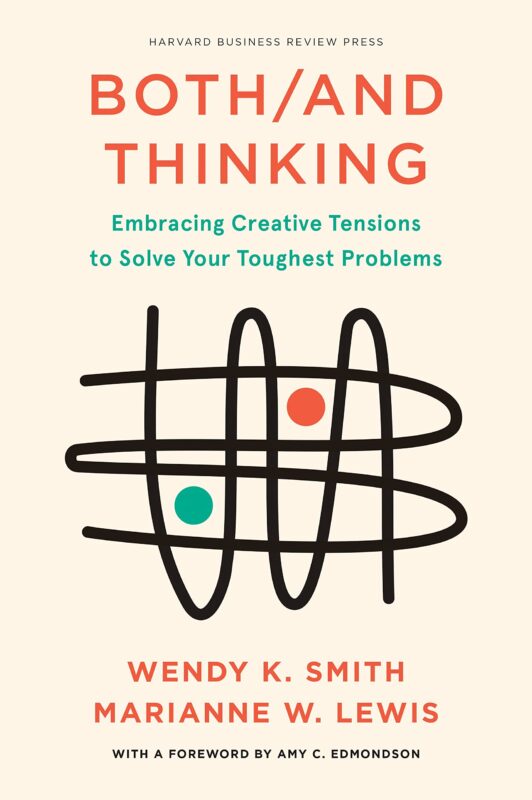

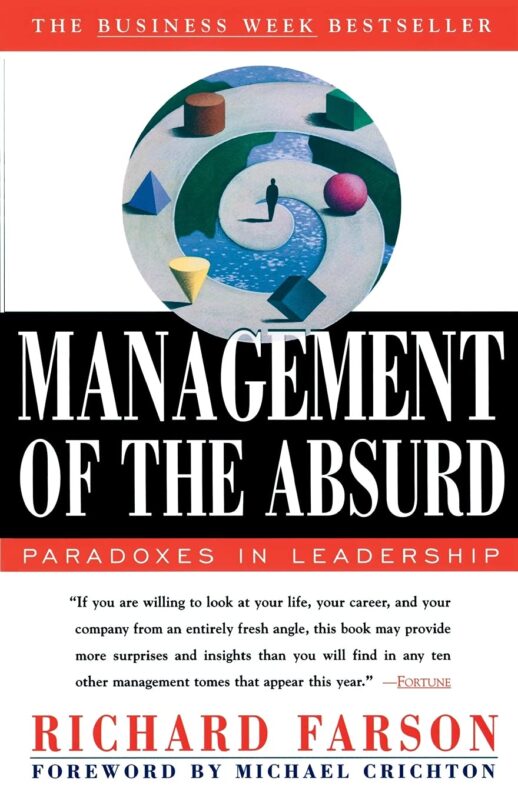
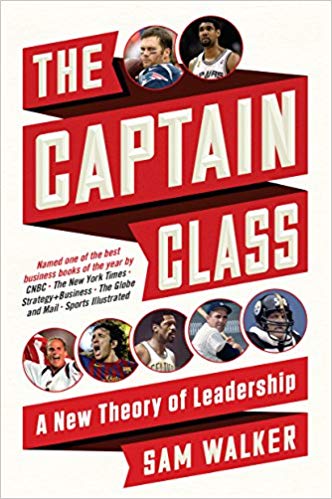
Recent Comments